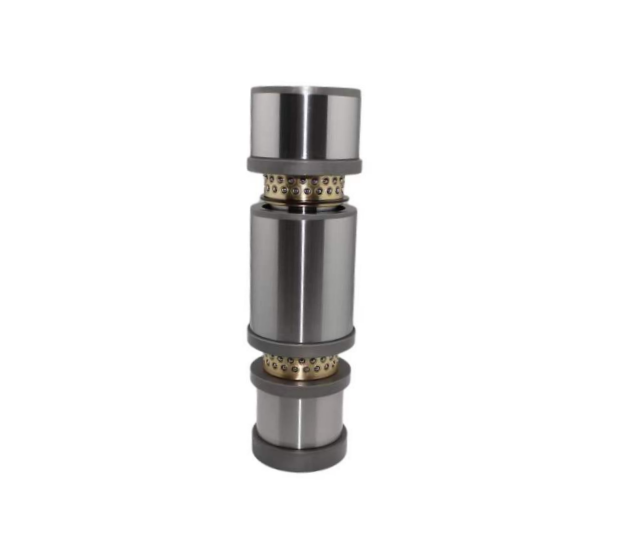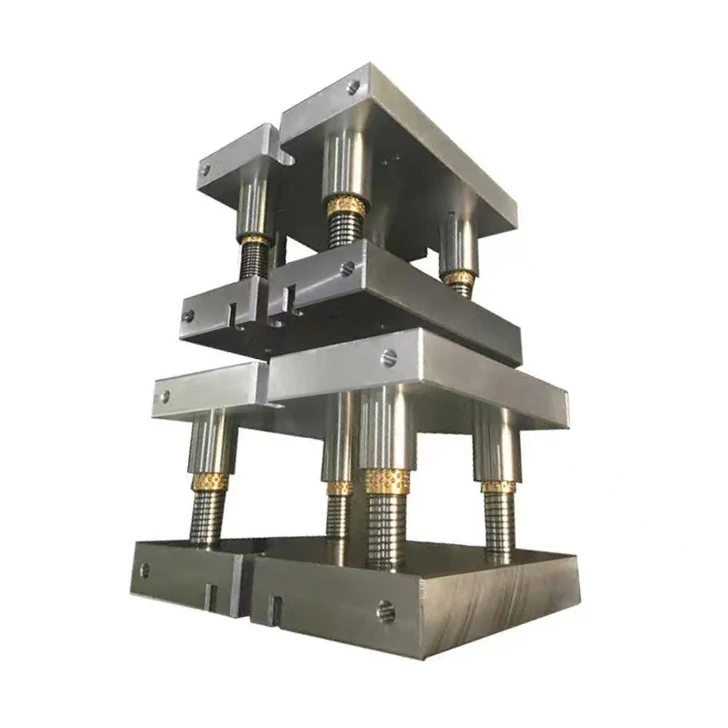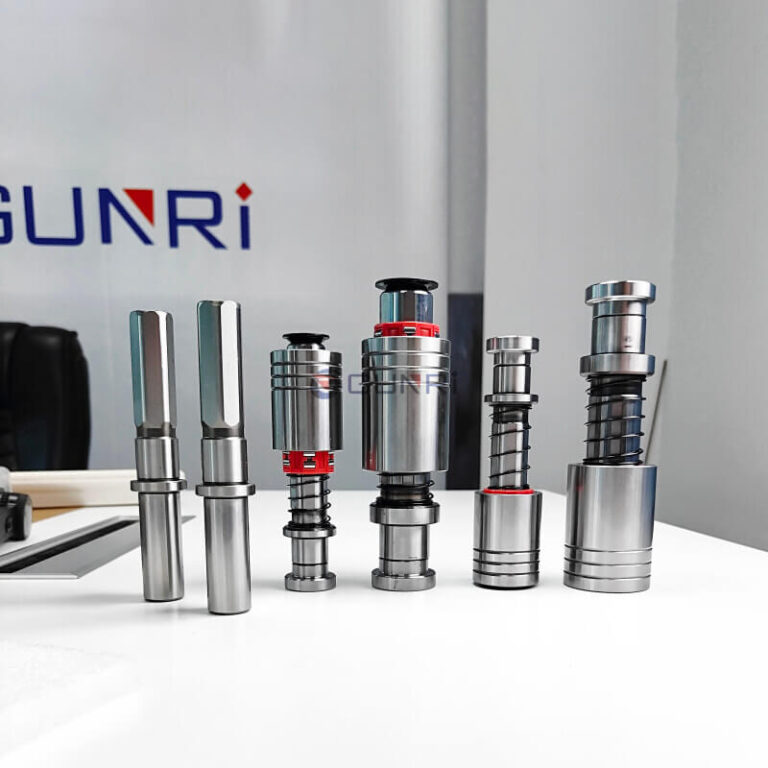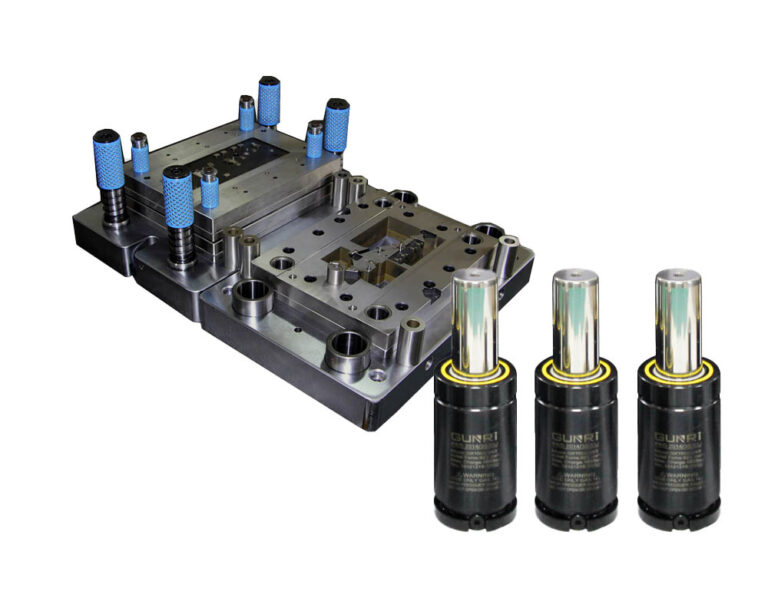Are You Making These Moves That Could Harm Your Die Set Components?
Die set components are essential tools in various manufacturing processes, and their proper functioning is crucial for efficient production. However, certain movements and practices can inadvertently damage these components, leading to production delays and increased costs. In this article, we will explore some common actions that may harm your die set components. By being aware of these issues, you can take steps to ensure the longevity and effectiveness of your die set components.
Table of contents
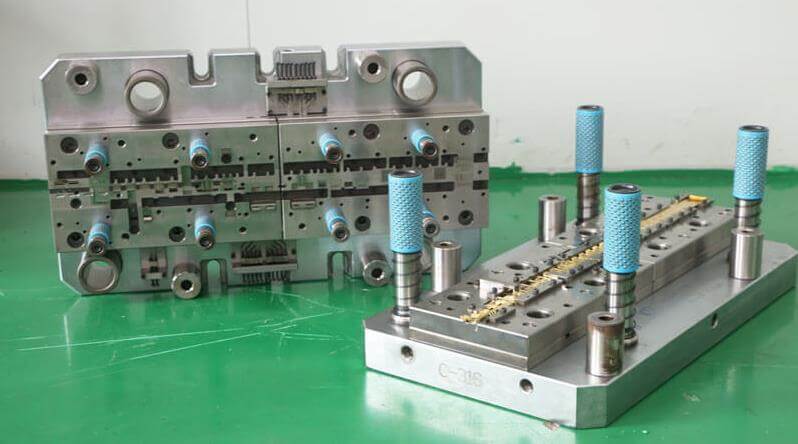
Excessive Force During Setup:
- Applying excessive force or impact during the setup process can lead to cracks, bends, or deformations in die set components.
- Solution: Train personnel in proper setup techniques, use precision tools, and avoid excessive force when installing components.
Inadequate Lubrication:
- Neglecting proper lubrication of die set components can result in increased friction and wear, reducing their lifespan.
- Solution: Establish a lubrication schedule and use suitable lubricants for die set components. Regularly monitor and replenish lubrication as needed.
Misalignment During Assembly:
- Incorrectly aligning die set components during assembly can cause undue stress and premature wear on specific parts.
- Solution: Pay close attention to alignment during assembly, and use alignment aids and guides when necessary.
Ignoring Regular Inspections:
- Failing to conduct regular inspections may result in unnoticed wear, damage, or misalignment of die set components, leading to costly repairs or replacements.
- Solution: Implement a routine inspection schedule, document findings, and address any identified issues promptly.
Neglecting Proper Cleaning:
- Residual contaminants, debris, or corrosion on die set components can accelerate wear and reduce their lifespan.
- Solution: Incorporate thorough cleaning procedures into your maintenance routine, using appropriate cleaning agents and techniques.
Improper Storage Conditions:
- Storing die set components in unfavorable conditions, such as areas with extreme temperatures, humidity, or exposure to corrosive elements, can lead to deterioration.
- Solution: Store components in a controlled environment with stable temperature and humidity levels. Use protective covers and rust inhibitors when necessary.
Overloading Die Set Components:
- Exceeding the specified load capacity of die set components can result in permanent damage or deformation.
- Solution: Ensure that die set components are used within their rated load limits and provide adequate support where required.
Die set components are vital assets in manufacturing processes, and their maintenance and proper handling are essential for efficient and cost-effective production.
By avoiding common practices that can harm these components, implementing appropriate care and maintenance procedures, and conducting regular inspections, you can safeguard your die set components and optimize manufacturing processes.
Remember that proactive maintenance and responsible handling are key to maximizing the longevity and effectiveness of your die set components.
For high-precision die set components that help reduce mold wear, Gunri is your trusted supplier. Contact us today to inquire about our products and services.
Gunri Contact email: milla@gunri.com.cn

